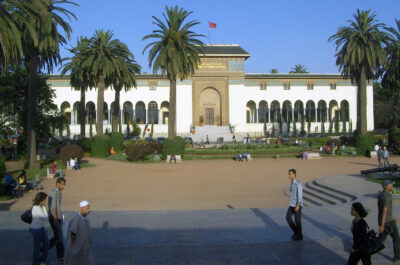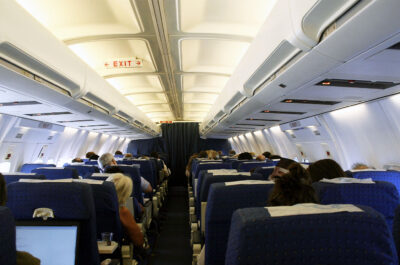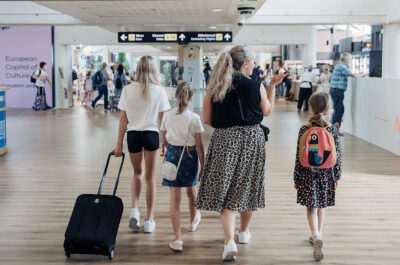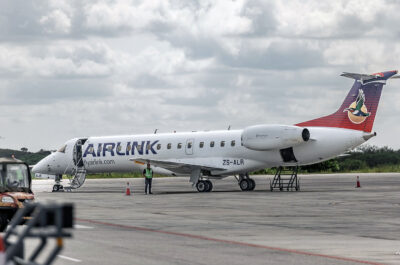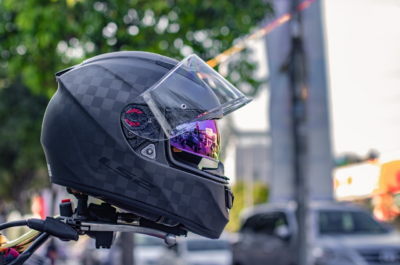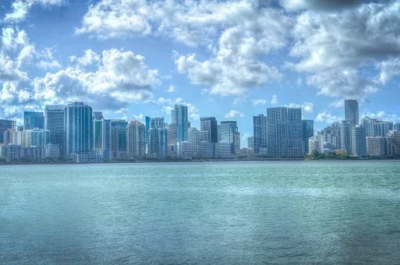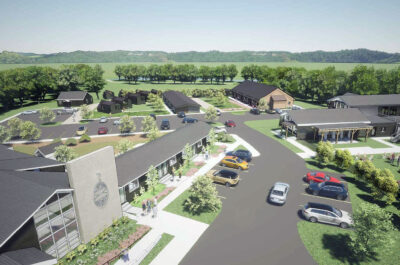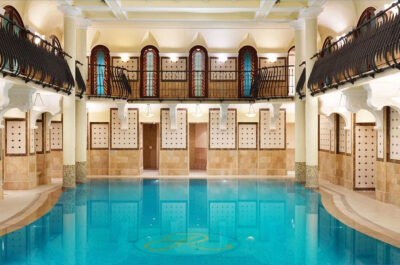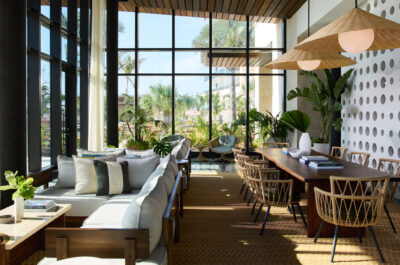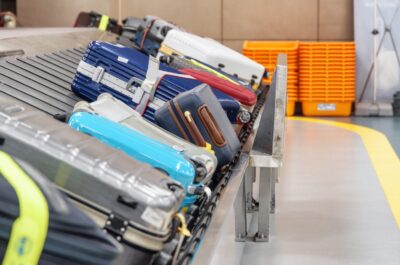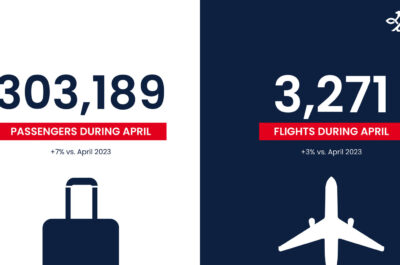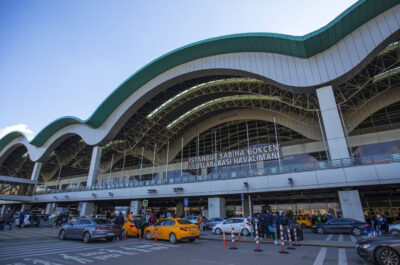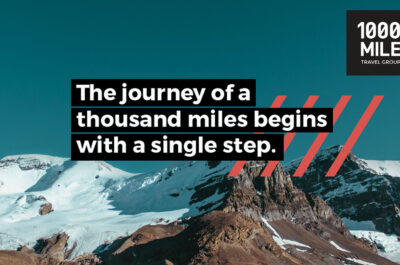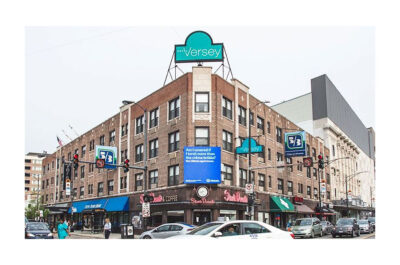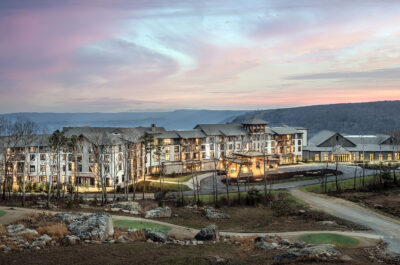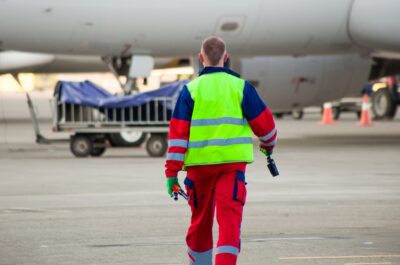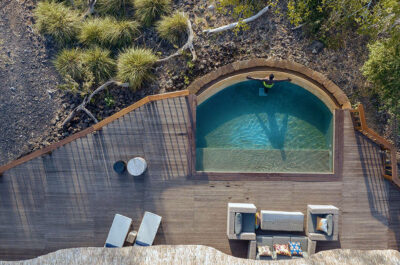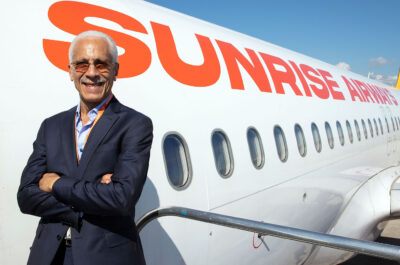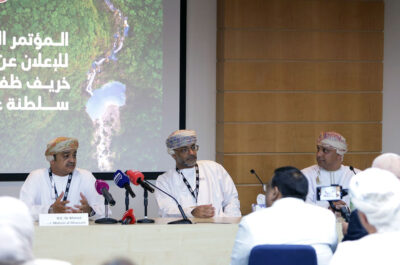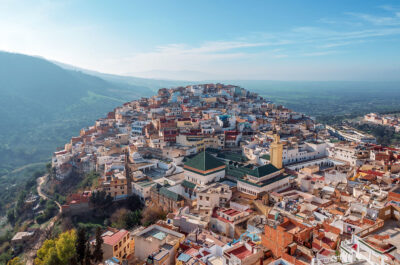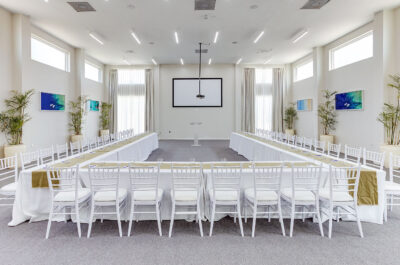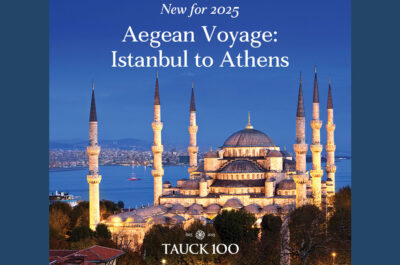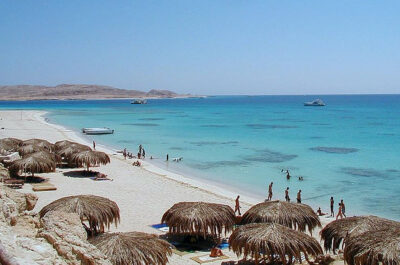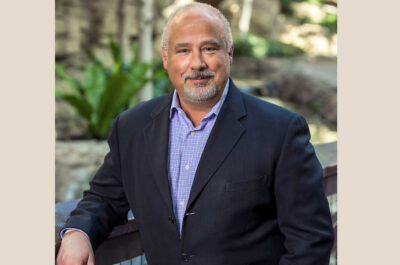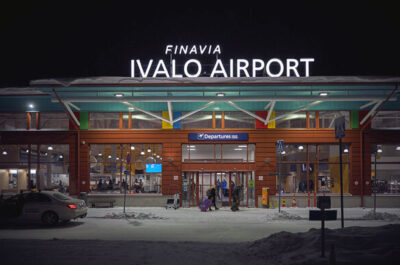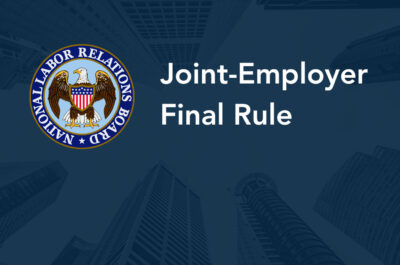For the past 10 years, if you wanted to see the treasures along the Nile and you didn’t want to go by boat, you had to travel in an armed convoy. Not any more. In the wake of the 1997 attack at the Temple of Hatshepsut in Luxor, the Egyptian government obliged all foreigners travelling overland between the country’s main tourist centres to join armed convoys. This visible security was intended to dissuade attacks and reassure visitors, but it has long outlived its usefulness. Ironically, in the absence of any attacks, the convoys have become the biggest danger: in high season, as many as 100 coaches and minivans have raced across the desert…
For the past 10 years, if you wanted to see the treasures along the Nile and you didn’t want to go by boat, you had to travel in an armed convoy. Not any more.
In the wake of the 1997 attack at the Temple of Hatshepsut in Luxor, the Egyptian government obliged all foreigners travelling overland between the country’s main tourist centres to join armed convoys. This visible security was intended to dissuade attacks and reassure visitors, but it has long outlived its usefulness.
Ironically, in the absence of any attacks, the convoys have become the biggest danger: in high season, as many as 100 coaches and minivans have raced across the desert from the Red Sea resorts every day.
The effect of this rally on the antiquities, particularly in Luxor, has been disastrous. In spite of new parking facilities, neither the Valley of the Kings nor Karnak Temple is able to cope with the simultaneous arrival of thousands of visitors: when I visited the Valley of the Kings just ahead of the convoy a couple of weeks ago, there was only one guard on the gate to check tickets.
Things should be very different now. Even if you are only visiting Luxor, the end of the convoys should mean a (slightly) calmer visit to the main sights. Coaches will still arrive from the Red Sea, though, one hopes, not all at the same time.
Mornings will still be busier than afternoons at the prime sites, but this should spell an end to the bottlenecks to get into the Valley of the Kings and a reduction in the size of the queues outside individual tombs.
The change will be felt most strongly outside Luxor, and perhaps nowhere more so than in Dendera and Abydos, where ancient Egyptians believed the god Osiris was buried. Most hoped to make a pilgrimage there once in their lives, in the way that Muslims now hope to visit Mecca. Yet Abydos has seen few visitors since the convoy system began. Just 80 miles northwest of Luxor, it and the well-preserved Greco-Roman temple at Dendera make a perfect outing from Luxor.
Visiting temples between Luxor and Aswan has been a frustrating experience, as the convoys allowed a maximum of one hour at each site, hardly enough to visit Edfu, one of the best preserved of all Egypt’s monuments. Also, as the convoys drove straight into the temple compounds, visitors were forbidden from visiting the living towns. Now, it will be possible to visit the camel market at Daraw, last stop on the fabled Forty Days Road, the trade route up from Sudan, and to see the lively Thursday market at Kom Ombo, 30 miles north of Aswan, where thousands of Egyptian villagers and farmers come to buy and sell livestock, farm tools and life’s essentials.
Beyond the obvious temples of Esna, Edfu and Kom Ombo, a string of less famous monuments, beyond the reach of the convoy traveller, can now be visited. The best of them is El Kab, once the capital of Upper Egypt and a reminder that not everything has survived the passage of time: the city’s huge walls remain, but there is almost nothing to see inside. Up on the hills above the ruins, several beautifully carved tombs show vivid scenes from everyday life.
As for security, the lack of any attacks on the convoys over the past decade suggests that all might be quiet on that front. If you are worried, you could try travelling between 6pm and 6am, when the convoys will still be running and you will find yourself with armed guards, being hurried from one place to another.





























